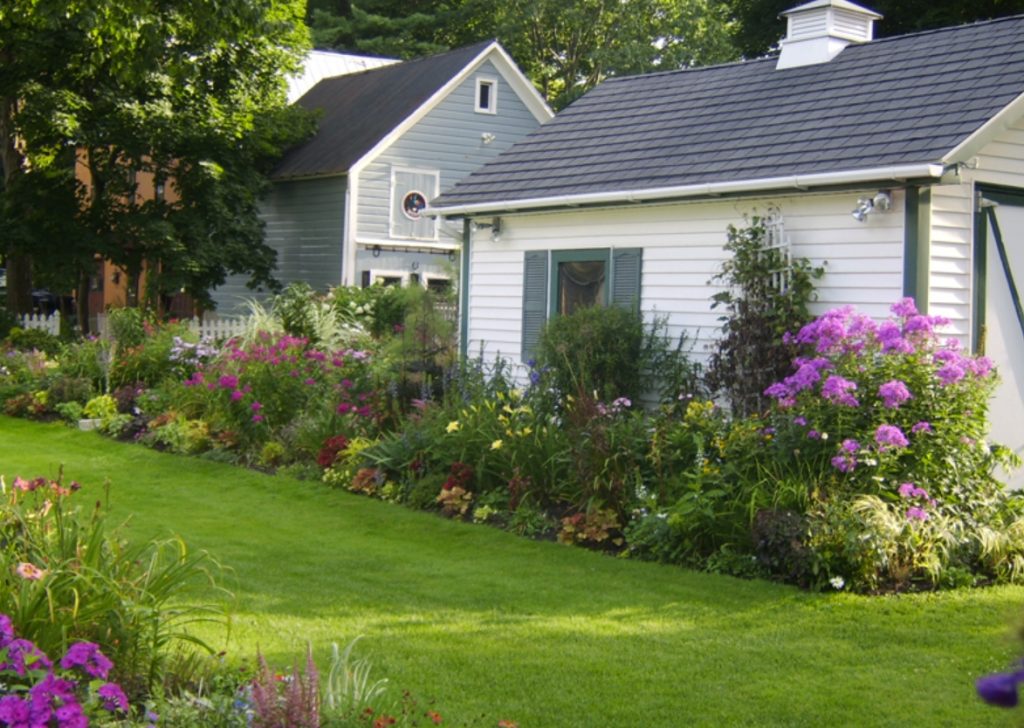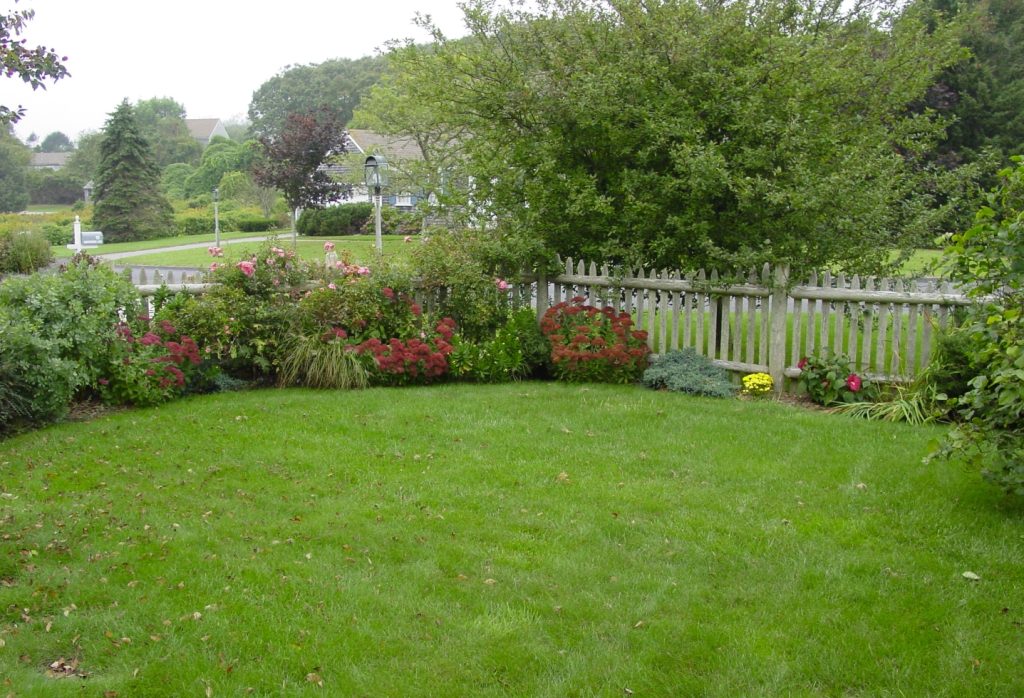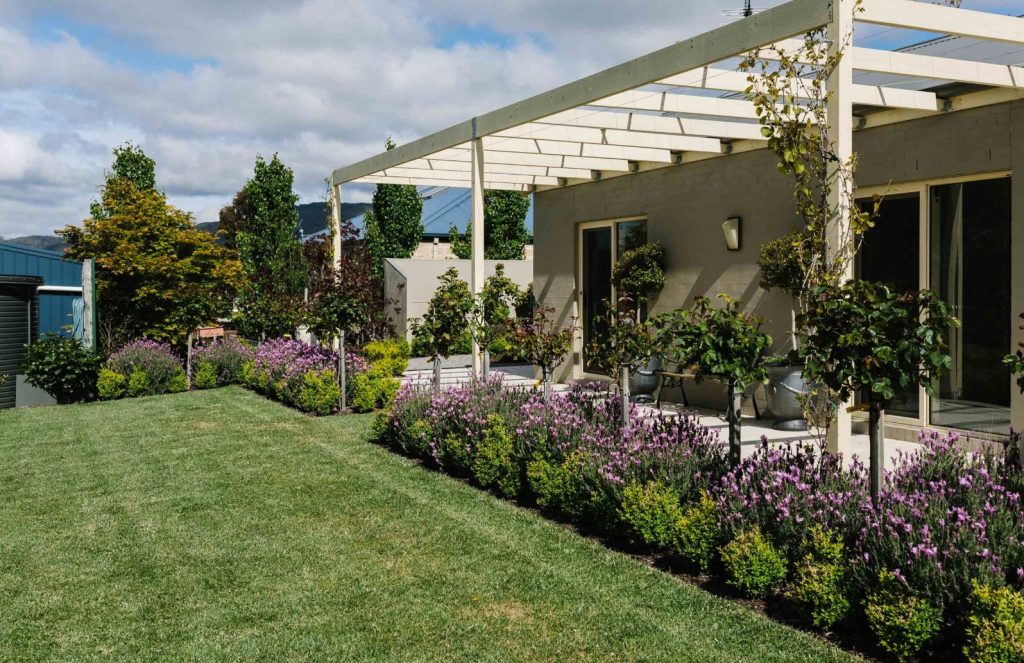Lawns demand constant upkeep, from mowing and fertilizing to watering and weed control—all of which consume increasingly precious resources. Many ecological gardeners even refer to traditional lawns as a “green desert” because they provide little to no support for pollinators. The problem worsens when herbicides are used, eliminating beneficial plants like daisies and dandelions, which serve as vital food sources for bees and butterflies. If you’re looking to reduce maintenance while creating a more sustainable and biodiverse landscape, consider swapping your grass for native ground cover plants.

“Instead of the traditional lawn, alternative materials like gravel, native grasses, and ground cover plants are natural, sustainable, and require minimal resources,” says landscape designer Rituparna Simlai, founder of Studio Arth.
Sunshine Mimosa,a mat-forming wildflower species, as a grass alternative. “It adds aesthetic value while also attracting butterflies and bees. Its dense growth effectively suppresses weeds due to its competitive root system, and as a host plant for the Little Sulphur, or yellow butterfly, it contributes to local biodiversity.”

Beyond ground covers, incorporating native accent plants can further enrich your landscape. “We included Coonties, the only native North American cycad, along the boundary of our project,” Simlai explains. “These plants serve as magnets for the Atala butterfly, a species once feared to be extinct in Florida, helping to restore local ecosystems.”

Choosing ground cover plants over a traditional lawn is not only a low-maintenance and eco-friendly solution but also an opportunity to support pollinators, conserve water, and create a dynamic, visually appealing yard. Whether you opt for flowering species, creeping herbs, or native grasses, making the switch will transform your landscape into a thriving, self-sustaining haven for wildlife and a stress-free space for you to enjoy.
